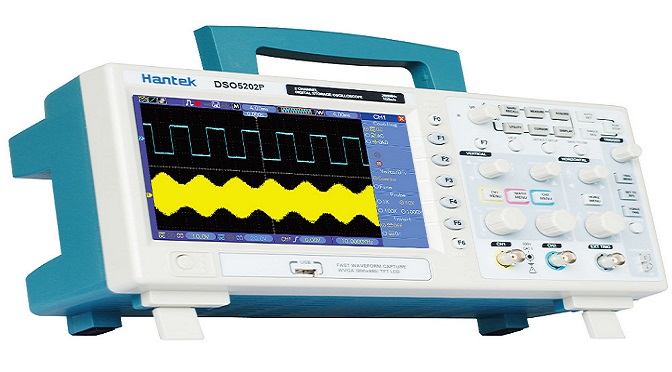Choosing a Soldering Iron Tip
First things first: you need to choose a tip that’s compatible with your soldering iron. You also need to figure which style of tip is best for your project. In addition you need to determine the correct tip size because, if it’s too small, heat will not be transferred efficiently and, if it’s too big, you can overhang the pad and damage the circuit board.
If you’re new to soldering avoid conical soldering tips — because of the sharper point, they will have much shorter lifespans than tips with more metal. Beginners often think that applying pressure to the joint will help the solder flow, but keep in mind that this can damage the board.
You should opt for a chisel tip, which are perfect for wire, desoldering, through-hole, and surface-mount soldering. Ensure the tip is sixty percent the width of the soldering pad, so that you minimize thermal stress to the component while speeding up the process. Chisel tips are thicker at the tip which means that they store more heat than their pointy counterparts. The size of your chisel tip will depend on the application.
Another good tip choice is the “hoof” or gullwing, which is great for drag soldering multi-lead surface-mount technology (SMT) IC packages. Although the technique is tricky, because you need the right amount of solder on the tip so that you don’t bridge the leads, drag soldering allows you to solder multi-pin flat packs in minutes. These tips are also perfect for soldering small gauge wires.
Let’s end with some general soldering tips:
- Never use too much pressure; you may damage the tip or the board.
- To prevent oxidation apply a thin layer of solder to the tip after you finish soldering.
- Do not use your soldering iron tip as a screwdriver and never use it to pry.
- Use the lowest possible temperature to prevent premature wear to the tip and to prevent damage to the components.
- Ensure that you’re using the right tip for the application.
- Turn off your soldering station or soldering iron when you’re not using it. If you won’t be using the iron in ten minutes, turn it off.
- Keep the tip clean. Try to wipe the tip on a damp sponge after completing every solder joint.


